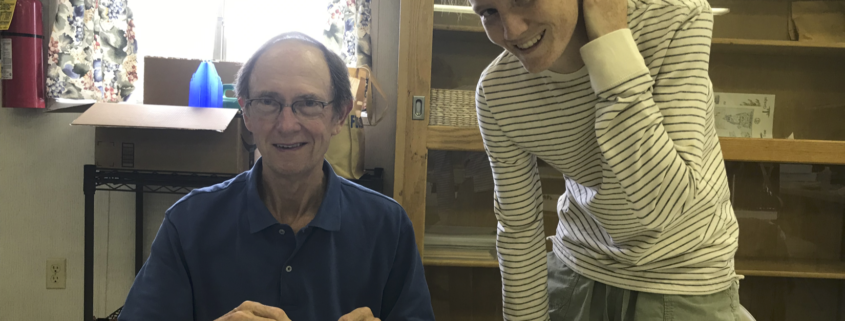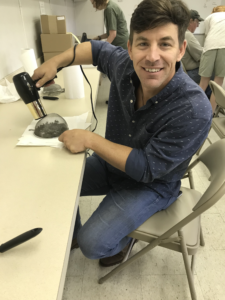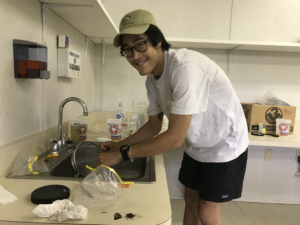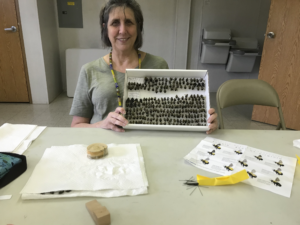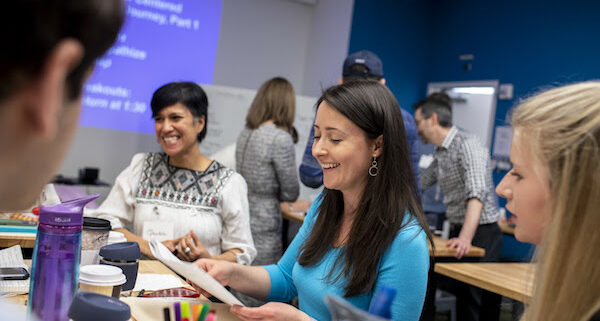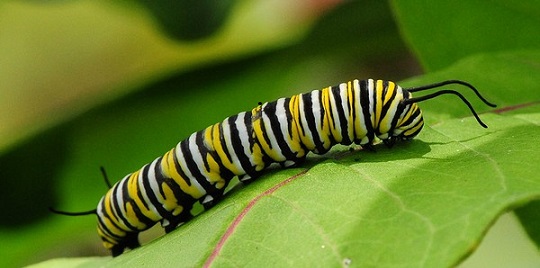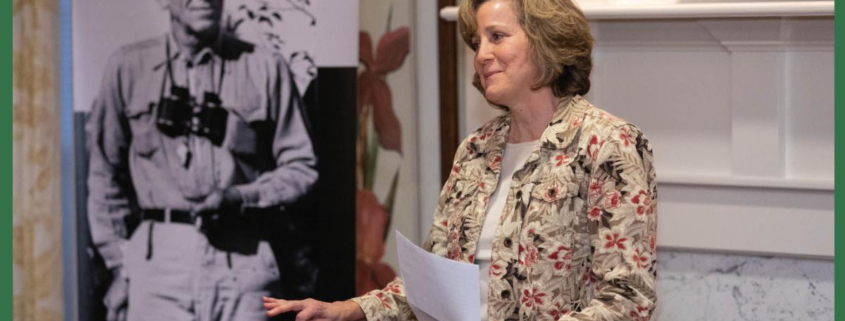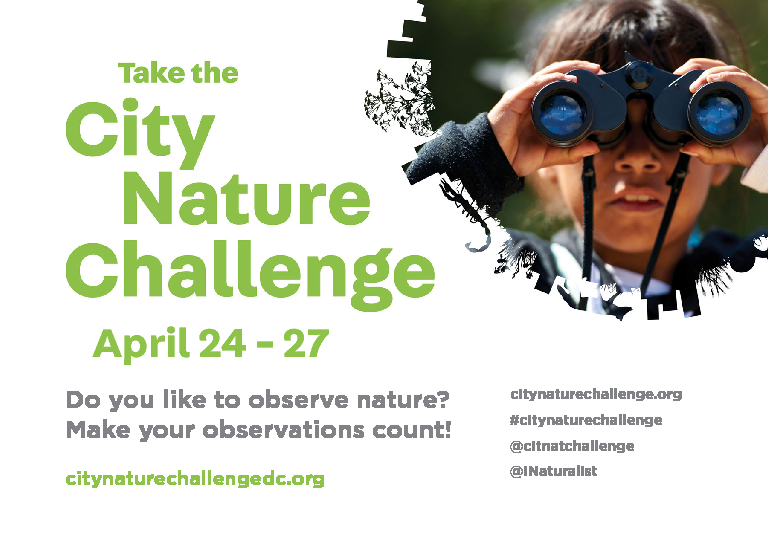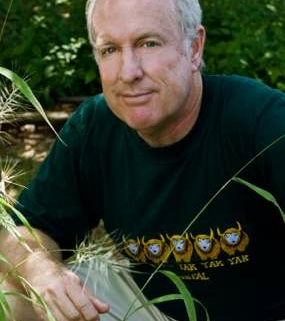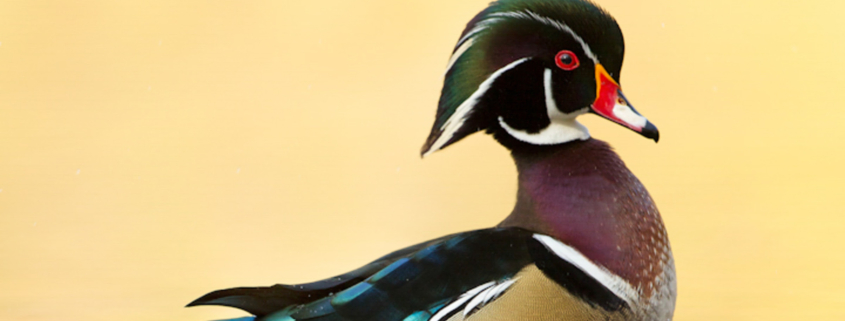The Incredible Journey Game: Understanding the Water Cycle One Drop at a Time
Kristina Watts
There’s nothing on this earth more essential to life than water. Seventy-one % of the globe is covered in water, so it seems like we have an endless supply. However, about 97% of our water is in the salty oceans, and about 2% is currently stored in ice caps and glaciers. That leaves 1% of our water available as the freshwater all of us land-dwelling animals and plants require. Water scarcity is a real problem in many parts of the world, and as our global climate changes, conflicts are likely. Current U.S. leaders don’t seem to take the need for water conservation seriously. Is a lack of understanding of the water cycle at least partially to blame for this?

Enter environmental education for our future generations. The water cycle is one of my favorite topics to teach to children, but the typical cyclical diagram may be misleading in its over simplification. Plus, children tend to learn best by doing. That’s why I really like the Incredible Journey water cycle game by Project WET (Water Education for Teachers). It teaches the participants that there isn’t just one path that a water molecule might take, and there are certain places where water is more likely to stay for a long time than others. If you’re looking for fun environmental lesson activities to do with a group of children, this game is for you.
The premise of the activity is simple: you are a water droplet, about to travel on your journey around the Earth. The activity area (I like to use a large lawn space or big empty room) is set up with stations: ocean, lake, river, clouds, glacier, plants, animals, soil, and ground water. Each station has a cube (a die), marked with various stations. Each participant starts in one location, then rolls the die to determine where on their journey they’ll go next. The dice are not entirely random – they are weighted to approximate the likelihood of reaching anther spot (for example, the oceans cube is likely to keep you “trapped” in the ocean for a while rather than sending you on to the clouds.)
The method of tracking where each water droplet goes can be adjusted for the age of your group. Older students can track their journey on a worksheet, and then after a certain number of turns, the students can graph and statistically analyze the group’s results. But for younger kids – which is the audience I usually work with – the activity turns into a fun game when each child is given a piece of string to start with and collects a bead at each station (each station has a designated color bead). The children create a colorful necklace tracking their journey. At the end, no two participants’ necklaces are the same, but when we look at all the necklaces together, we can see that certain colors are more prevalent – telling us, for example, that a water droplet spends more time swimming around in the ocean or frozen in a glacier than in a stream or inside of an animal. You can focus your introductory and concluding discussions however you like – the energy that powers each transition, the effect of the water in each location, potential pollution sources at each stage, etc.
I’ve led this game with Girl Scout troops, for a church Earth Day celebration, and at nature center summer camps, and each time I’m actually surprised at how much fun the kids have, running from station to station and growing their collection of necklace beads. (Make sure you have enough beads! I’ve had to end the game not because the kids are ready to stop but because the supply runs out.) It’s education in motion.
This activity is available for purchase at https://www.projectwet.org/resources/materials/discover-incredible-journey-water-through-water-cycle (assembly required). Or you can borrow it from the Fairfax County Soil and Water Conservation District; see https://www.fairfaxcounty.gov/soil-water-conservation/enviroscape-watershed-model-classroom-presentation-lesson-kits for details.
Have fun!



